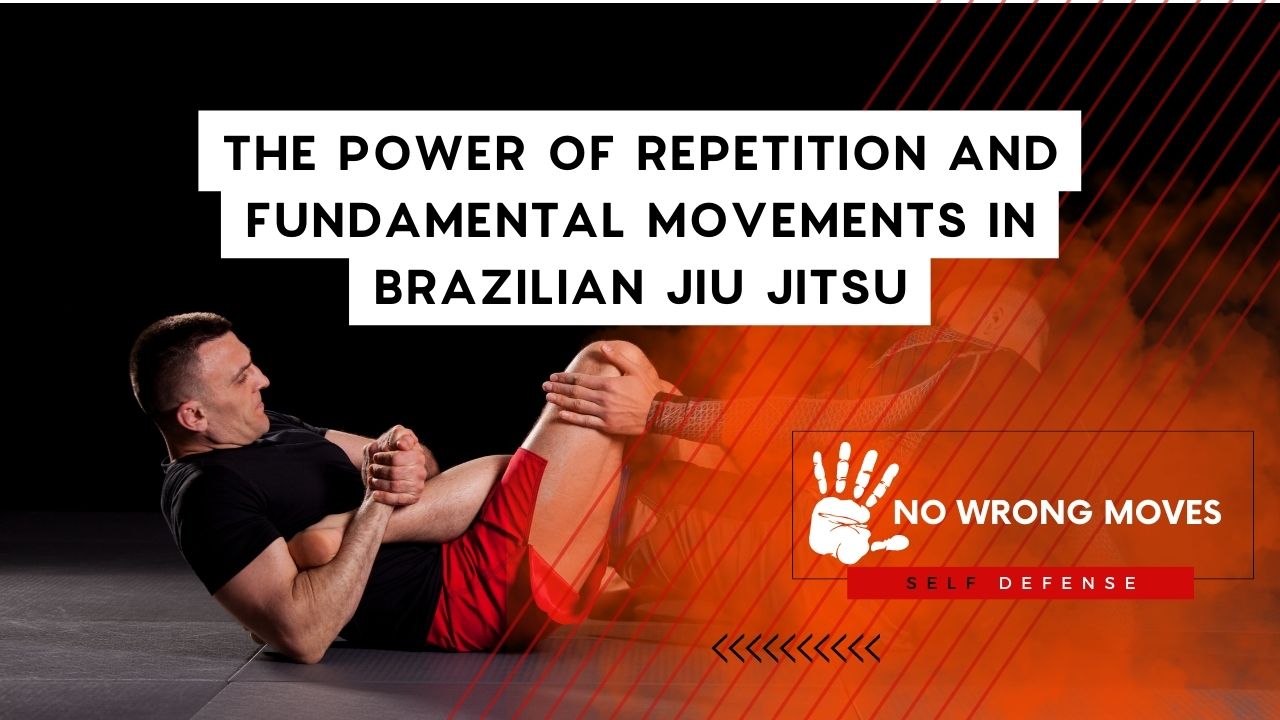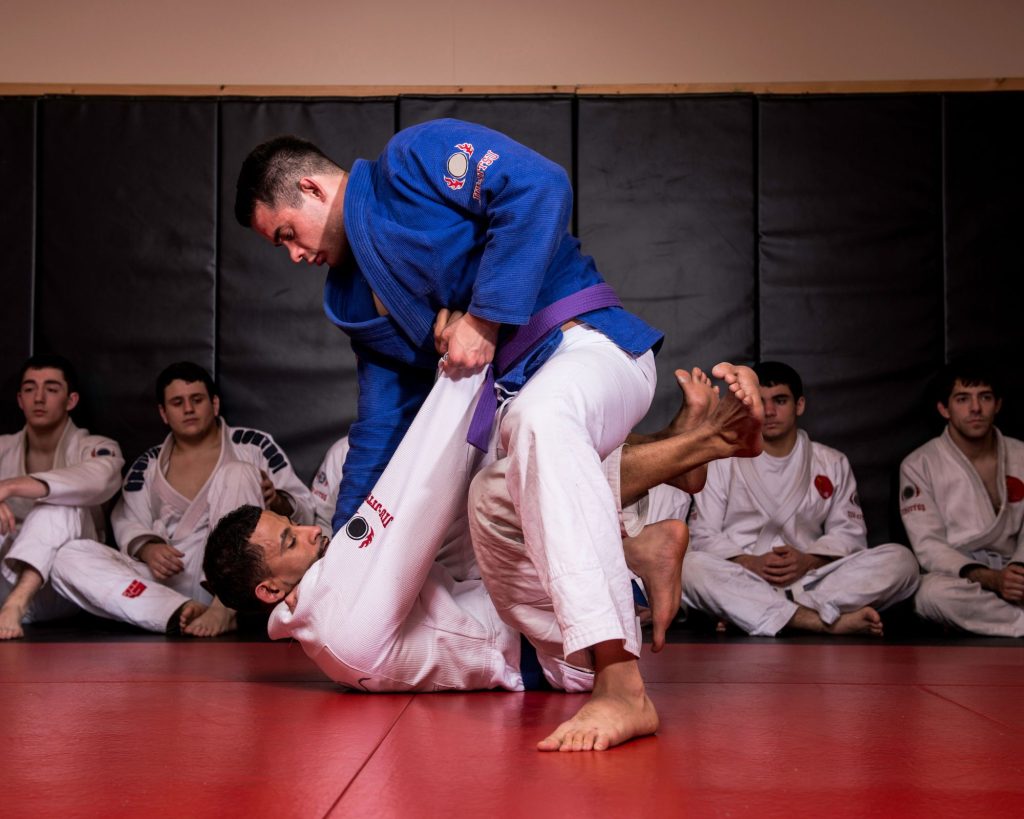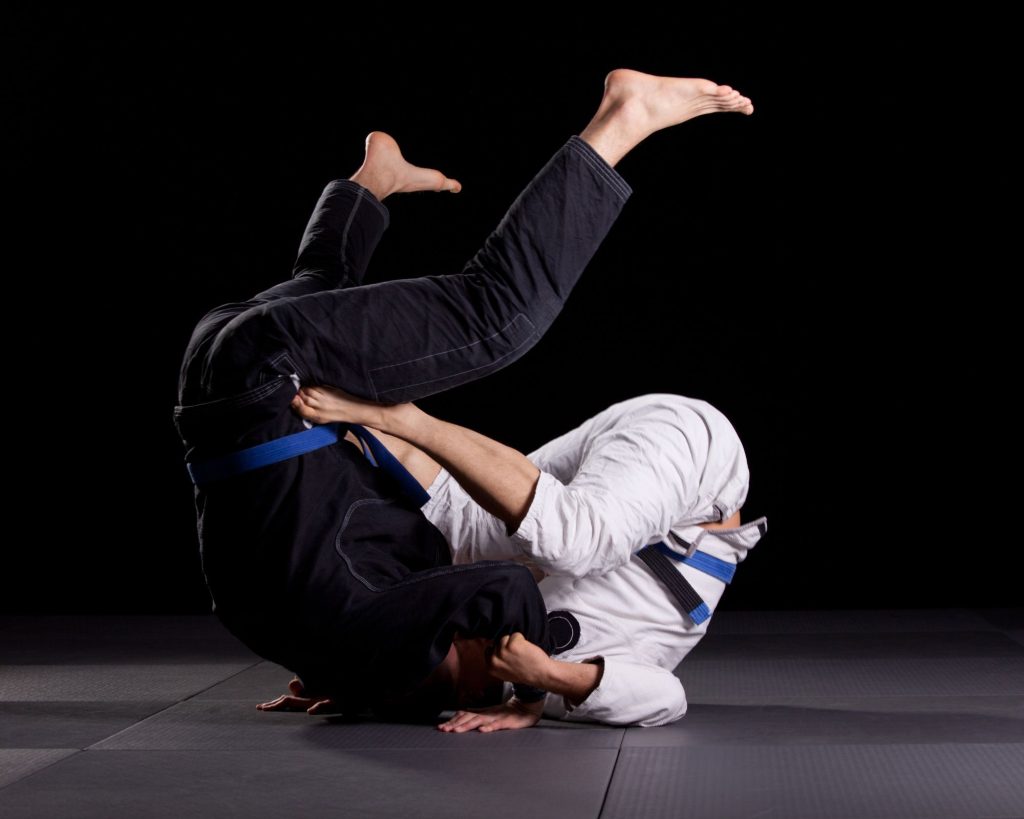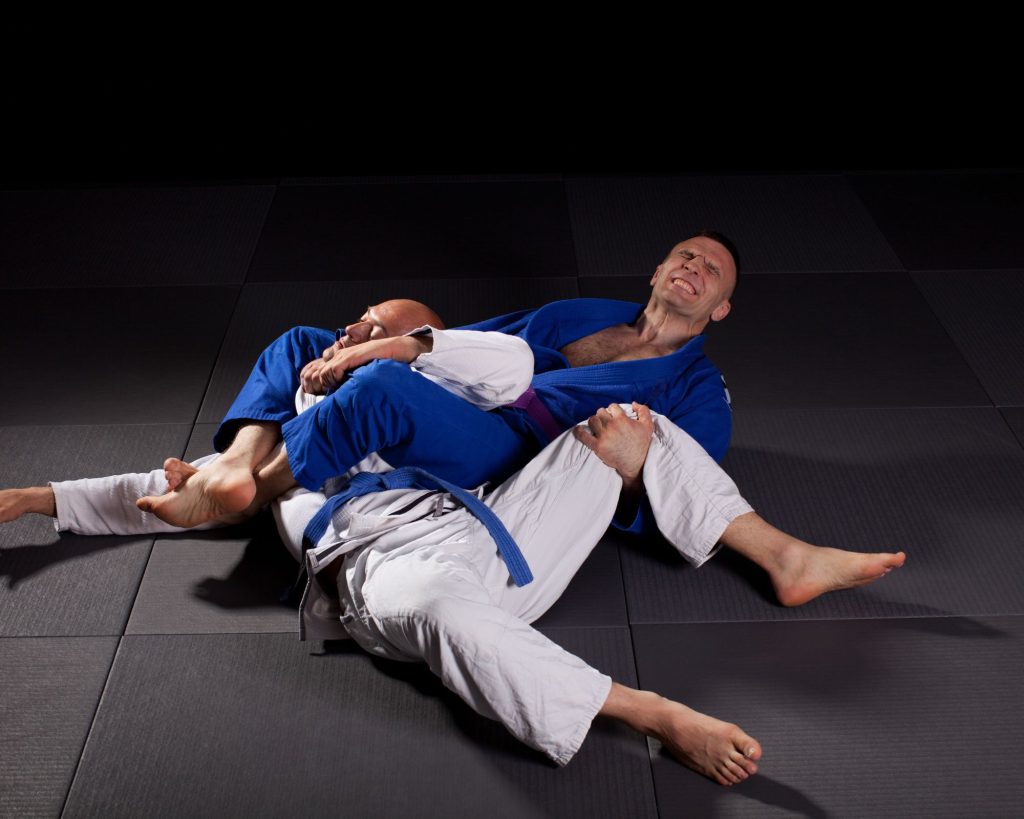
The journey to Brazilian Jiu-Jitsu mastery is an intricate dance of perseverance, discipline, and commitment.
In a world where instant gratification reigns supreme, the power of repetition and fundamental movements in BJJ training is an oft-undervalued trait, but one that provide a strong foundation and a clear path to success.
This blog post delves into the significance of incorporating repetition and mastering fundamental movements to enhance your BJJ skills and performance.
The Art of Repetition

K. Pattabhi Jois, a renowned yoga teacher, once said, "practice, practice and all is coming."
These words ring true in the world of BJJ, as repetition is central to achieving long-lasting success.
Unlike children, who learn through exploration, adults grasp new skills through the process of repeating movements. To accelerate progress, adult learners must adopt the habit of practicing movements using memorization through repetition or rote learning.
When grappling or competing, reflexive movements are vital for seizing opportunities. A movement becomes reflexive when the body reacts to a stimulus without cognitive thought.
It's said that for a physical movement to become a reflex, it needs to be repeated at least 500 times, with some studies suggesting up to 5,000 repetitions.
Embracing the Japanese approach to martial arts training, which emphasizes consistent daily repetition, can lead to an effortless and reflexive execution of techniques during sparring.
Mastering Techniques through Efficient Memorization

As a BJJ practitioner, you will encounter numerous techniques. However, only a fraction of these will be internalized and executed reflexively against resisting opponents.
The key to retaining techniques lies in repetition. Those 500 to 5,000 repetitions are required to transform a movement into a reflex!
Here are some steps to efficiently memorize and drill techniques:
- Choose and watch a technique combination.
- Name the sequence and the techniques within it.
- Break the first technique down into parts.
- Practice each part slowly several times, without resistance.
- Talk yourself through the full technique as you repeat it several times without resistance.
- Repeat steps 3 to 5 with the subsequent techniques.
- Perform the full combination several times without resistance.
- Repeat the full combination several times with resistance.
Repetition VS Time Investment: Which Is Better?
Of course, drilling a technique repeatedly until it becomes second nature and requires little thought is ideal. But how do you get there?
Nick Albin, a seasoned BJJ practitioner with almost 20 years of experience, offers some insights in one of his popular Chewjitsu videos. Interestingly, many of his beliefs coincide with scientific findings on motor learning.
Albin suggests starting with a small number of repetitions, usually between 3 to 10, to focus on the proper form and movement of the technique.
This allows the BJJ practitioner to make small adjustments and perfect their technique. As proficiency increases, they can gradually increase the number of repetitions.
It's important to note that the quality of the repetitions is more important than the quantity. Rushing through repetitions to hit a specific number won't do much good if the technique is performed incorrectly.
Albin also stresses the importance of taking breaks and allowing the brain to process the technique. It's during these breaks that the brain consolidates the newly learned skill, so taking time to rest and reflect is crucial.
In the end, finding the right balance between repetition and quality is key. Don't rush the process, focus on proper form, and take breaks to allow the brain to consolidate the technique. And remember, there's no shortcut to mastery in BJJ--it takes time, effort, and patience.
Fundamental Movements: The Building Blocks of BJJ
Judo Olympian Flavio Canto once said, "practice movements, not only moves." This sentiment highlights the importance of mastering fundamental movements in BJJ. These versatile movements can be woven into techniques and are vital for enhancing your jiu-jitsu abilities:
- Bridging: Next up are the shrimping and bridging techniques. These are the building blocks of BJJ and are used in almost all other techniques. It's like learning the basic words of a language before you can create sentences.
This foundational movement utilizes the large gluteal muscles to generate power, making it difficult for opponents to hold you down. - Shrimping: Also known as "snaking," shrimping forms the foundation of most defensive techniques. By using your hips to initiate movement, you create an angle change with your spine, providing an effective defense.
The importance of shrimping in BJJ simply cannot be overstated. Even the most advanced practitioners continue to practice these fundamental movements. - Shoulder Roll/Granby Roll: This movement focuses on fluidity and smooth transitions, enabling you to avoid submission attempts and create opportunities for escapes.
- Hip Escapes: These movements create distance and space, allowing you to escape from unfavorable positions.
- Technical Stand-Up: This technique teaches you how to stand up safely and efficiently from the ground, a crucial skill in self-defense scenarios and competitions.
That isn't everything to keep in mind though. A strong grip is also essential in BJJ, so make sure to work on gripping properly.
There are plenty of tools and activities, like rock climbing, that can help strengthen your grip. Knowing when, how, and which part of your opponent's body to hold and control is also important.
Passing the guard can be one of the most difficult challenges for beginners. The standing guard pass is a common technique used even at the most advanced levels.
It involves forcing your opponent to open up their guard by standing up and then pinning one of their legs with your shin while sliding into side control.
Last but not least, the armbar is a complex but essential technique for beginners. It involves gripping, head control, angle of attack, and bridging to finish the technique. Learning the armbar can m
Conclusion

You could be a white belt just starting out or a seasoned black belt with thousands of hours in BJJ: it's still never too late to revisit the fundamentals and hone your skills.
Start by performing a small number of repetitions (3 to 10) of a technique and gradually increase the number as you become more comfortable. And don't forget to set a timer to keep yourself accountable and avoid overexerting yourself.
Incorporating repetition and fundamental movements into your BJJ practice may not be the most glamorous or exciting aspect of the sport, but it is undoubtedly one of the most important.
So next time you hit the mats, take a step back and focus on the basics. Your technique (and your training partners!) will thank you for it.
Curious how often you need to train in BJJ to get good? Click here!
[author-box-jpx-fitness]
